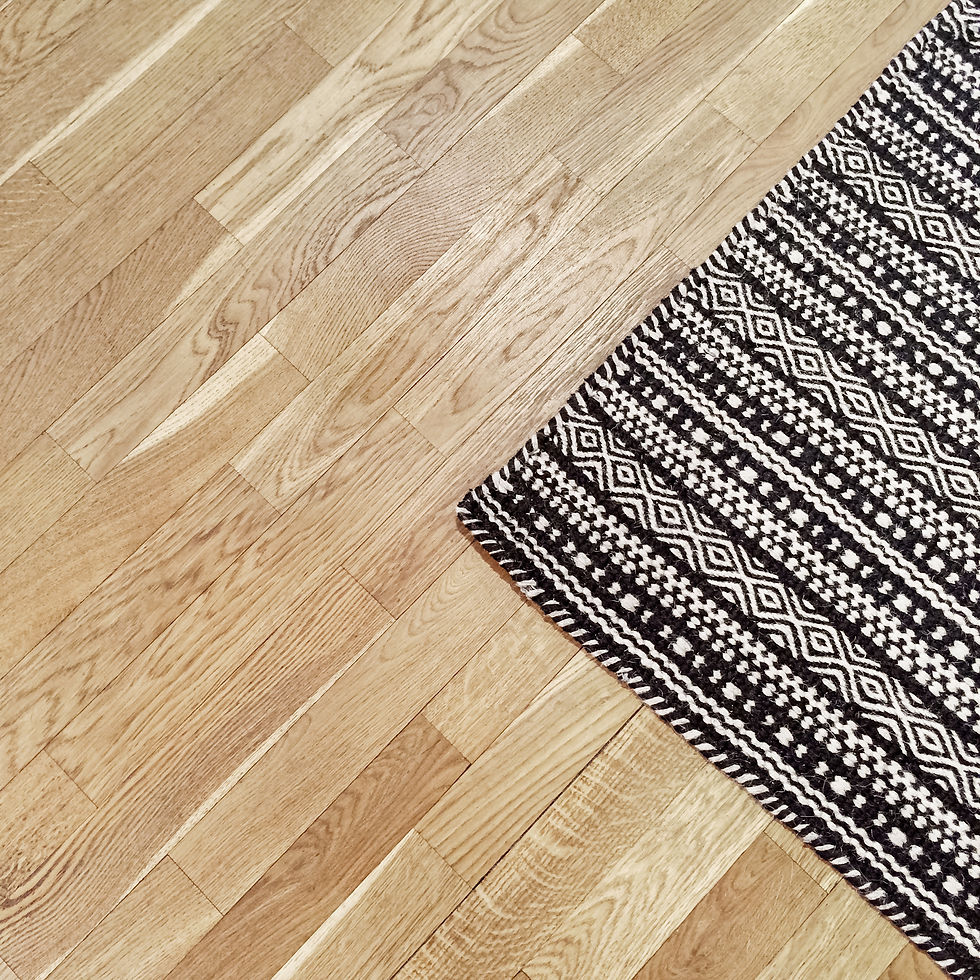Falls Prevention Week
- Marshall Manor

- Sep 22, 2017
- 2 min read
Today is Falls Prevention Day! It marks the beginning of National Falls Prevention Week. One would suppose that their home is the safest place on earth but the majority of falls take place in the home. The odds of falling each year after age 65 are about one in three. You're more likely to fall as you get older because of physical changes, medical circumstances, and the actual effects of the medications you take for treatment of your medical conditions.
It is true that a fall can change everything drastically and quickly. However, you don’t have to let the fear of falling rule your life! You can take relatively easy and proactive steps as a response to falls prevention. Often, these steps alleviate the overall potential for fall incidents in your home.

Of course, we can always do things to make our environment safer, but there are no perfect environments! That’s why the best thing we can do towards falls prevention is to be aware of trip hazards that are always around us. Keep alert whenever you’re walking and even as you stand or sit. Knowing that a fall can happen at any time is not a cause for fear or anxiety but a basic reality for everyone.
Here are some basic falls prevention measures:
1. Begin your fall prevention plan by making an appointment with your doctor. You and your doctor can take a comprehensive look at your environment, your health, and your medications to identify situations when you're vulnerable to falls.
2. Keep moving! Don’t avoid exercise just because you're afraid it will more likely cause a fall. Ask your doctor! He or she may recommend carefully monitored exercise programs or give you a referral to a physical therapist who can devise a custom exercise program aimed at improving your balance, muscle strength, and gait.

3. Wear sensible shoes. High heels, floppy slippers, and shoes with slick soles can make you slip, stumble, and fall. To avoid dizziness, use a long shoehorn that helps you slip your shoes on without bending over.
4. Ask your doctor for a referral to an occupational therapist that can help you devise ways to prevent falls in your home. Some solutions are easily installed and relatively inexpensive. Others may require professional help and more of an investment. If you plan on staying in your home, an investment in safety and fall prevention now may make that possible.
5. Finally, just a quick glance around the house for trip hazards goes a long way in falls prevention. Throw rugs, poor lighting, misplaced furniture or other hindrances to the natural flow of movement, even things hanging from the ceiling cause falls and can also be easily removed, remedied, or replaced. You might even consider asking friends and family to advise you on these matters because they are looking with fresh and unbiased eyes at your environment. Take their advice!







Comments